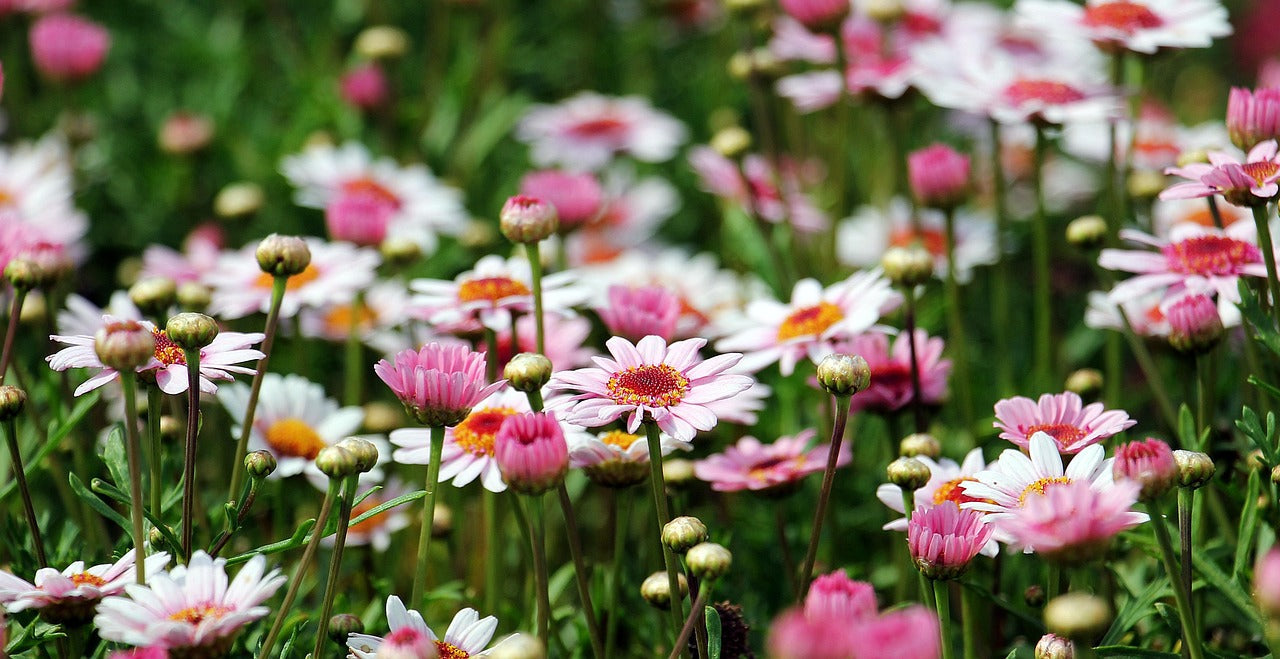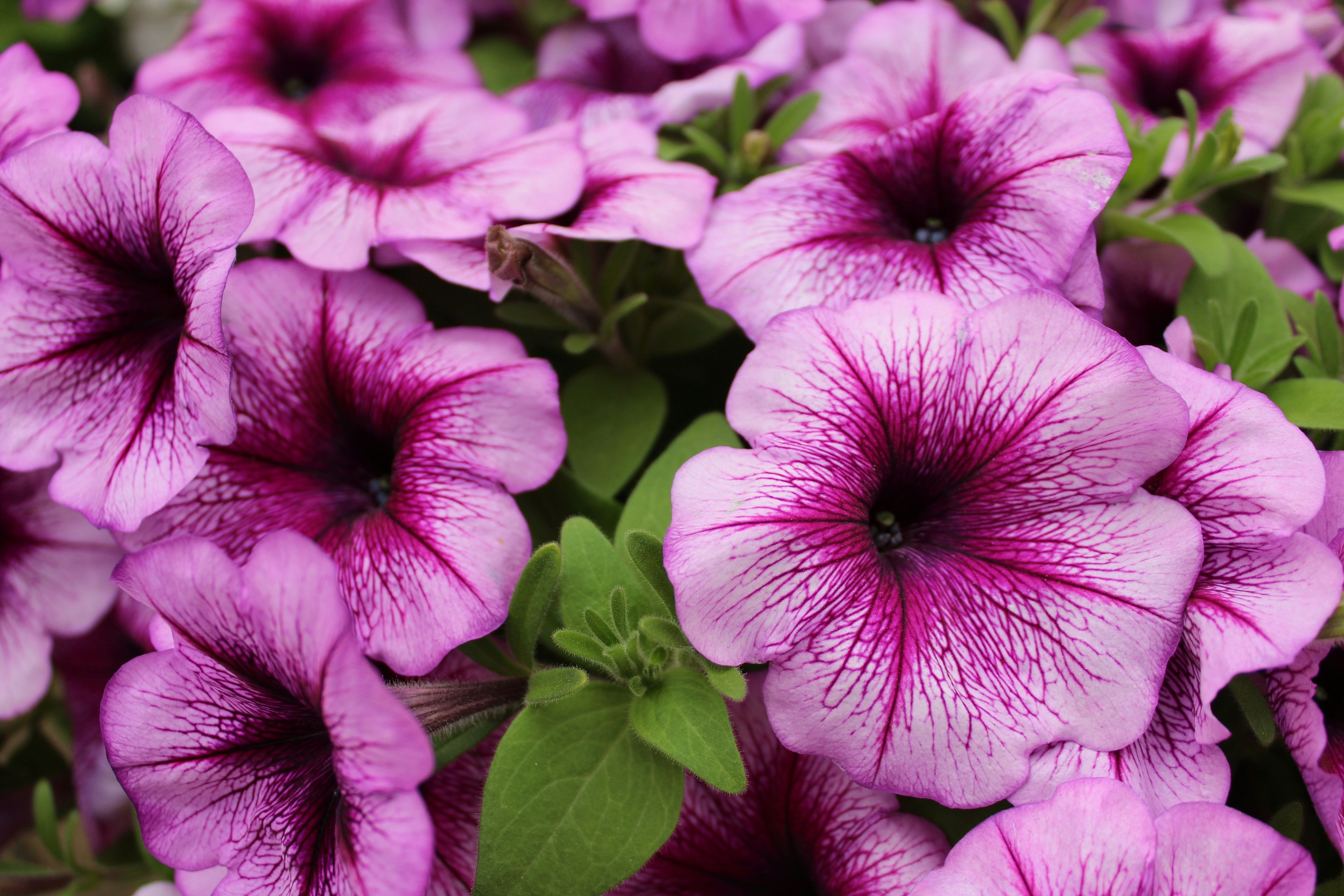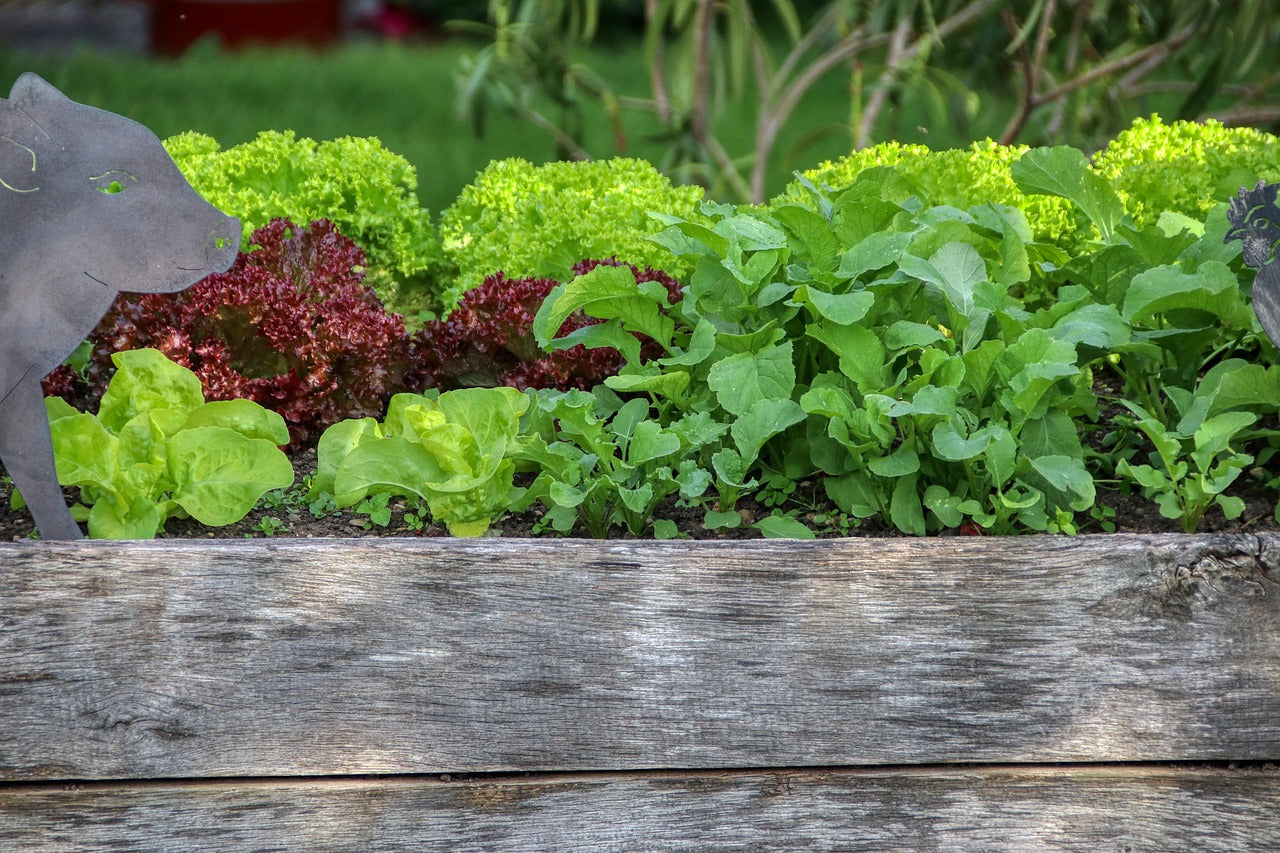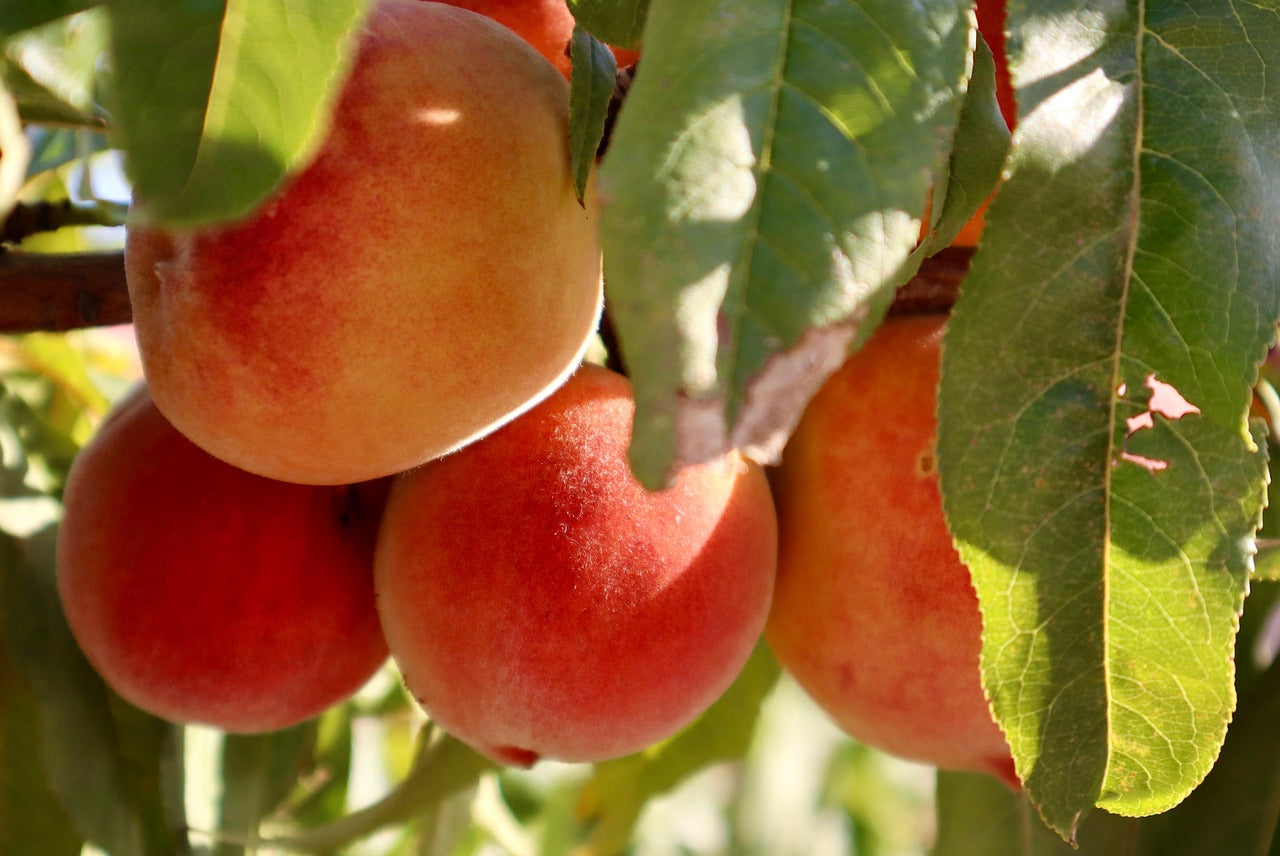If you’re a newbie gardener or after a low maintenance crop – growing beans is a great option! It’s not difficult to grow beans, plus they’re relatively easy care and aren’t vulnerable to pests and diseases, plus their height adds interest to the garden landscape. If you’re short on space, you can grow beans in a pot or container too!
When to plant beans
You can sow butter bean, runner bean and climbing bean seeds from October through mid to late Summer, they’re best planted when the soil temperature is between 16 and 30 degrees. For broad beans it is best to plant in Autumn.
Direct sow beans at a depth equal to the knuckle on your index finger. To ensure a steady supply of beans, we recommend stagger planting by popping a few more seeds in every fortnight to ensure a steady supply. Bean seeds germinate quickly.
Water beans regularly, if they become heat-stressed they will stop producing. Heat stress also makes them more vulnerable to sap-sucking pests such as aphids.
Where to plant beans
Beans prefer free draining soil and a moderately hot spot to be planted in. If you only have space for a few pots on the patio, you can still grow beans as long as you have somewhere for them to climb.
Climbing beans can be grown up frames, trellises or narrow bamboo teepees. Allow for about 2m of height. When they reach the top they should be trained back down again or they will end up forming a tangled clump at the apex, shading development and providing shelter for pests.
Types of beans
You can choose between runner beans, broad beans and French beans, and each family has several varieties to select from. Plus there are even dwarf varieties available.
Top bean tips
Beans are compatible with (can grow beside): Sweetcorn, spinach, lettuce, summer savory, dill, carrots, brassicas, beets, radish, strawberry, cucumbers, zucchini,
Avoid growing close to: Alliums (Chives, leek, garlic, onions), Florence fennel.





























